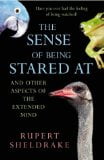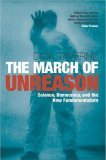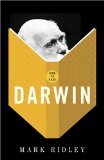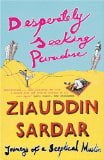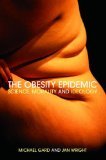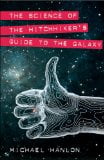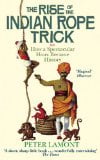 The Rise of the Indian Rope Trick: How a Spectacular Hoax Became History
The Rise of the Indian Rope Trick: How a Spectacular Hoax Became History
by Peter Lamont
Abacus, £7.99 (pb), ISBN 0349118248
Newspaper circulation wars are nothing new. In 1890, the Chicago Times and Tribune battled it out with increasingly lurid stories. One described how “A magician throws one end of a rope into the air… A boy then climbs to the top. There, in broad daylight… he disappears”. The story spread right across Europe. Four months later, the Tribune confessed it had made it up. Too late. The floodgates were opened. Was there ever an Indian Rope Trick? Why was it so popular?
Lamont’s book is a detailed exploration of the history of a hoax, colonial attitudes, gullibility, the unreliability of eyewitnesses and how the press rarely lets the truth get in the way of a good story.
In 1890, despite the rise of scientific rationalism, Europeans were still baffled and fascinated by the ‘Mystical East’. Some magicians cashed in on the craze; they could perform the Indian Rope Trick on stage, but none could do it in the open air, like the ‘original’. Others hated the idea that Indian magic might be superior and sought to debunk the growing legend of the Rope Trick. Claims and counter-claims about its authenticity flew back and forth for decades, with people claiming to be eyewitnesses and others, including the Magic Circle, doing their best to expose a hoax. The trick itself mutated, from the simple disappearance of the boy to his dismemberment and resurrection.
Attempted explanations, both normal and paranormal, still do the rounds today but Lamont finds no evidence that the trick existed before the Tribune hoax (by a journalist who later went on to work for the American Secret Service).
Lamont’s solid research is, however, somewhat dissipated by the irritatingly jokey tone of the Author’s Note and his own trip to India in the Epilogue, with its over-obvious comments on Western tourists. Skip these and follow how one man’s headline turned into an enduring international fascination.
Tessa Kendall

